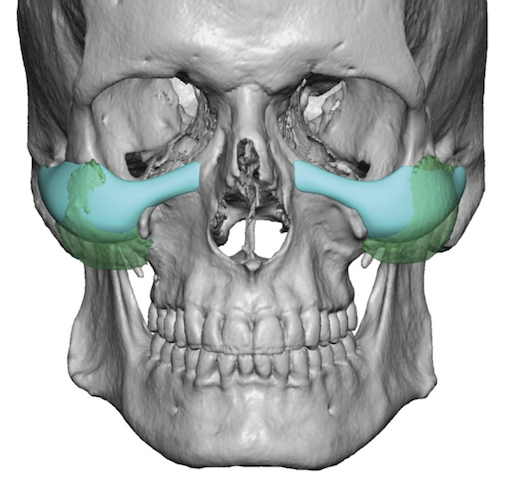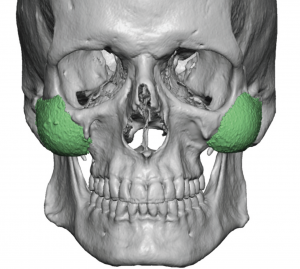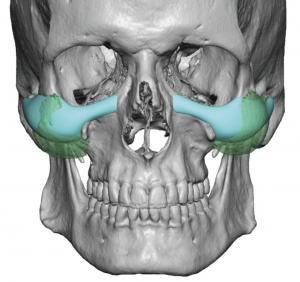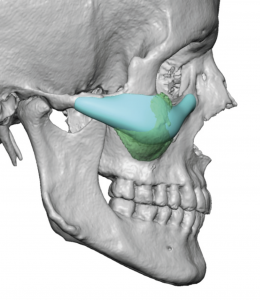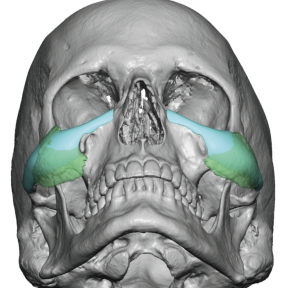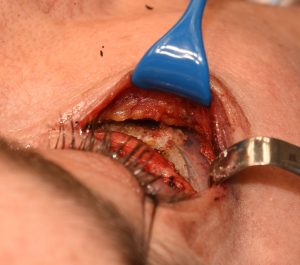Background: Cheek implants have been around for over four decades and have undergone some significant evolution in their shapes and cheek augmentation effects. With three basic implant styles (malar, submalar and combined malar-submalar) and numerous sizes between them many different types of cheek augmentation needs can be met.
But what all of these cheek implants have in common in that they provide more oval-shaped augmentation over the prominence of the zygomatic body or cheek bone proper. This area creates the classic fullness that is often desired by women but much less often by men. This suggests that many cheek implant styles, although not their intended objective, are not really gender neutral. Rather there is a significant unintentional gender bias. A rounder or fuller apple of the cheeks enhancement is a feminine aesthetic goal not a male one typically.
Males are typically interested in a more angular or defined cheek look. Which dimensionally means it does not have an oval shape but a more linear line of augmentation. A line is more defined than a circle. Whether this line of augmentation starts a bit lower in the anterior cheek and sweep back across the zygomatic arch or starts higher close to the infraorbital rim level depends on the flavor the high cheekbone look the patient wants.
I have seen numerous male cheek augmentation patients, young and older, that are dissatisfied with their results from standard cheek implants. Improvement is not going to come from repositioning the existing implants or changing size although that may help some of them. Real improvement is going to come from changing the implant style or shape.


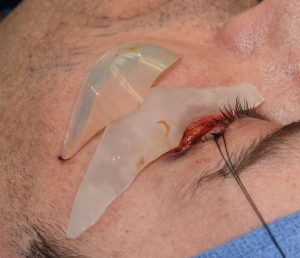
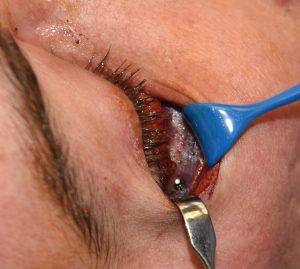
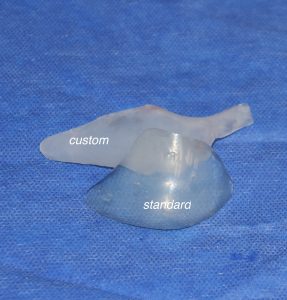
Case Highlights:
1) Some men will not do aesthetically well with standard cheek implants as the fullness is in the wrong anatomic position and has the wrong shape.
2) The high cheekbone look requires a custom implant approach to create as more linear line of augmentation back across the zygomatic arch.
3) The lower eyelid approach can be used to both remove the indwelling cheek implants and place the new custom cheek implants.
Dr. Barry Eppley
Indianapolis, Indiana

